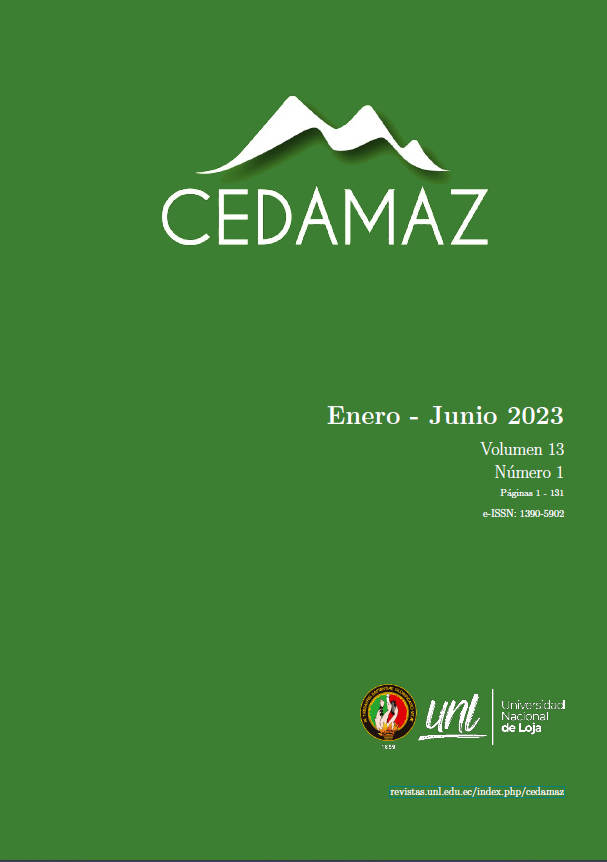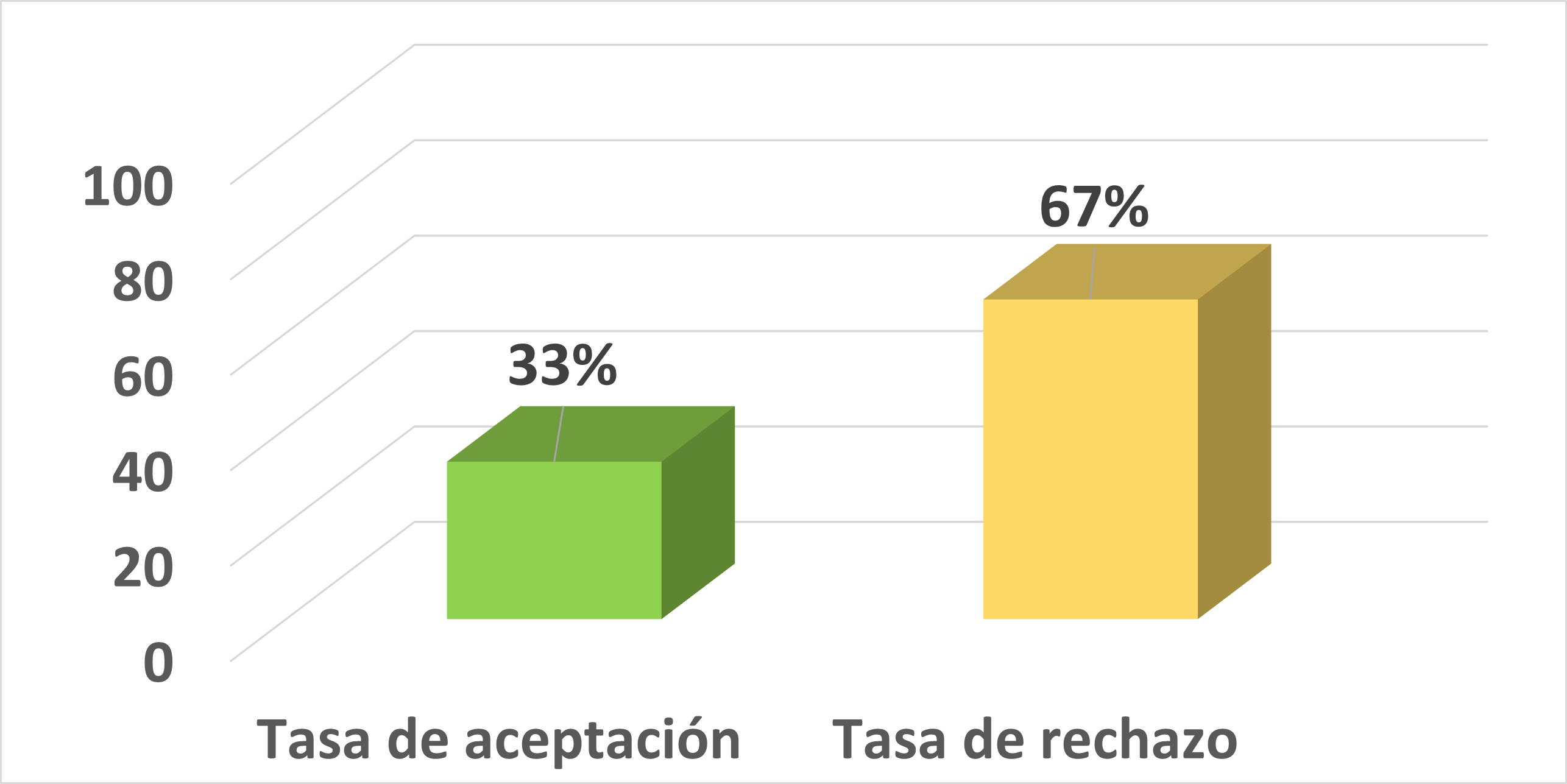ISO 15469 CIE S 011/2003 standard sky classification using luminance distribution data obtained through HDR images
DOI:
https://doi.org/10.54753/cedamaz.v13i1.1734Keywords:
Solar energy, Renewable energy, CIE sky classification, ISO 15469 CIE 011/2003, High dynamic range (HDR) imagesAbstract
The use of solar energy as a renewable energy source depends on our ability to estimate the amount of energy that comes from the sun. For this reason, numerous studies have been proposed with the intention of establishing methods for the forecast of the energy received from the sky, so it was necessary to standardize the wide range of skies in the world by means of the ISO 15469 CIE 011/2003 standard. This work has compared the results of the classification of CIE skies obtained by means of two classification methods: by comparison of the theoretical gradation and indicatrix functions and the homonymous groups observed and by comparison of the RMSE mean square error between the luminance distributions of the celestial vault and the theoretical luminances defined by the CIE standard.The luminance distribution data used comes from high dynamic range (HDR) images. It has been found that approximately 50% of the analyzed images coincide in the classification, however, it has been observed that 37% of the images that do not show coincidences differ from a maximum of two types of classification.References
B.Muriel, M., C.Alarcon, D., L.Moratalla, T., y L.Coira.M. (2001). Computing the solar vector. Sol. Energy, 70(5), 431–441.
Igawa, N., Koga, Y., Matsuzawa, T., y Nakamura, H. (2004, jan). Models of sky radiance distribution and sky luminance distribution. Sol. Energy, 77(2), 137–157. doi: 10.1016/J.SOLENER.2004.04.016
Igawa, N., Nakamura, H., y Matsuura, K. (1999). Sky luminance distribution model for simulation of daylit environment. Proc. Build. Simul. 1999, Kyoto, Japan, 2, 969–975.
Kittler, R. (1994, dec). Some qualities of scattering functions defining sky radiance distributions. Sol. Energy, 53(6), 511–516. doi: 10.1016/0038 -092X(94) 90131-K
Kittler, R., y Darula Dipllng, S. (1997, jun). Prevailing sky conditions: Identifying simple parameters for definition. Int. J. Light. Res. Technol., 29(2), 63–68. doi: 10.1177/14771535970290020601
Kobav, M. B., Bizjak, G., y Dumortier, D. (2013). Characterization of sky scanner measurements based on CIE and ISO standard CIE S 011/2003. Light. Res. Technol., 45(4), 504–512. doi: 10.1177/1477153512458916
McArthur, B. L. J., y Hay, J. E. (1981). A technique for mapping the distribution of diffuse soalr radiation over the sky hemisphere. (Vol. 20). doi: Doi10.1175/1520-0450(1981)020<0421:Atfmtd>2.0.Co;2
Miyamoto, K. (1964). Fish Eye Lens. J. Opt. Soc. Am., 54(8), 1060. doi: 10.1364/JOSA.54.001060
MOON, y P. (1942). Illumination from a non-uniform sky. Illum. Engng. (N. Y. ), 37, 707–726. Descargado de http://ci.nii.ac.jp/naid/10004232051/en/
Neve, S. D., Goossens, B., Luong, H., y Philips, W. (2009). An improved HDR image synthesis algorithm. En 2009 16th ieee int. conf. image process. (pp. 1545–1548). doi:10.1109/ICIP.2009.5414542
Perez, R., Ineichen, P., Seals, R., Michalsky, J., y Stewart, R. (1990, jan). Modeling daylight availability and irradiance components from direct and global irradiance. Sol. Energy, 44(5), 271–289. doi: 10 .1016/0038-092X(90)90055-H
Perez, R., Seals, R., y Michalsky, J. (1993, mar). All-weather model for sky luminance distribution—Preliminary configuration and validation. Sol. Energy, 50(3), 235–245. doi: 10.1016/0038-092X(93)90017-I
Perraudeau, M. (1986). One year’s measurement of luminous climate in Nantes. En Proc. int. daylighting conf., long beach, ca.
Tregenza, P. R. (1999, sep). Standard skies for maritime climates. Int. J. Light. Res. Technol., 31(3), 97–106. doi: 10.1177/096032719903100304
Published
How to Cite
Issue
Section
License
Copyright (c) 2023 CEDAMAZ

This work is licensed under a Creative Commons Attribution-NonCommercial-NoDerivatives 4.0 International License.
Those authors who have publications with this journal, accept the following terms:
- After the scientific article is accepted for publication, the author agrees to transfer the rights of the first publication to the CEDAMAZ Journal, but the authors retain the copyright. The total or partial reproduction of the published texts is allowed as long as it is not for profit. When the total or partial reproduction of scientific articles accepted and published in the CEDAMAZ Journal is carried out, the complete source and the electronic address of the publication must be cited.
- Scientific articles accepted and published in the CEDAMAZ journal may be deposited by the authors in their entirety in any repository without commercial purposes.
- Authors should not distribute accepted scientific articles that have not yet been officially published by CEDAMAZ. Failure to comply with this rule will result in the rejection of the scientific article.
- The publication of your work will be simultaneously subject to the Attribution-NonCommercial-NoDerivatives 4.0 International (CC BY-NC-ND 4.0)









